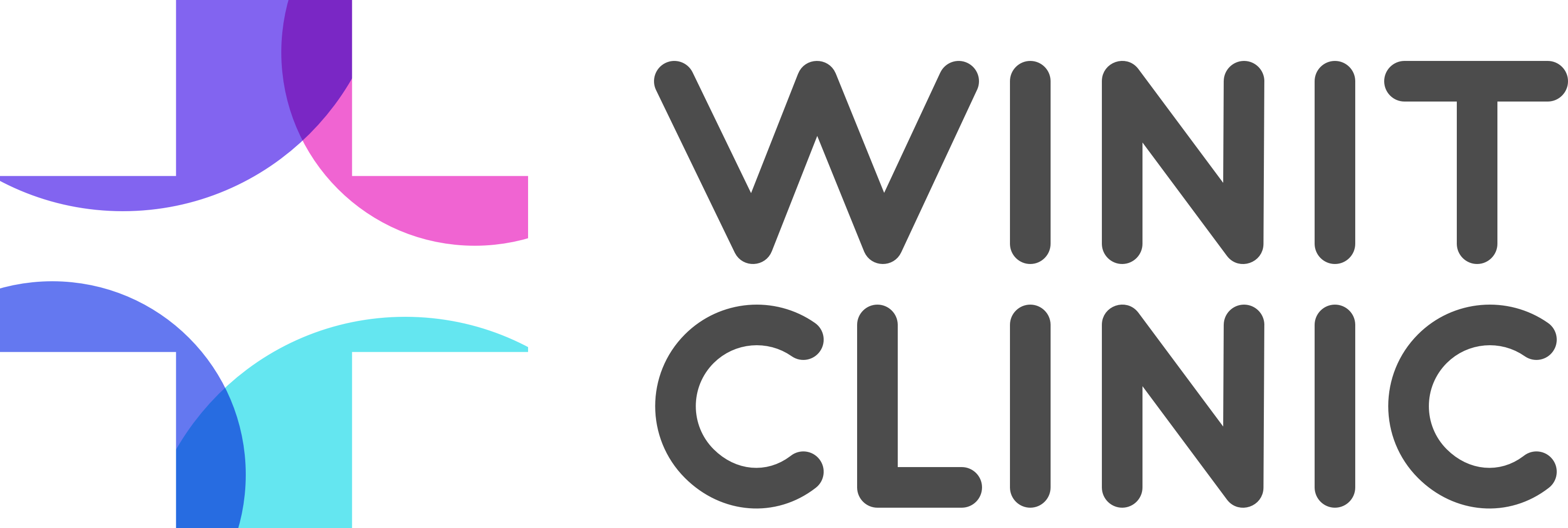Giant cell arteritis (temporal arteritis) treatment
Prevent, alleviate, or heal disease—naturally.
Meet our practitioners who specialize in natural Giant cell arteritis (temporal arteritis) treatment
Recommended health tests for Giant cell arteritis (temporal arteritis)
How it works
Consult with our health coaches who will learn about your symptoms, habits, and goals.
Take personalized home health tests to discover potential root causes of any symptoms or conditions you may have.
Review your results in just days with our functional medicine doctors, nurses, and dietitians who will help you achieve optimal health.
Learn about Giant cell arteritis (temporal arteritis)
Giant cell arteritis (GCA), also known as temporal arteritis, is an inflammatory disease affecting the large and medium-sized arteries, particularly those in the head. The condition can lead to significant complications, including vision loss, if not treated promptly. Understanding GCA and exploring both conventional and natural treatment options is vital for those affected and wanting to manage the disease effectively. GCA is relatively uncommon but becomes more prevalent with age, typically affecting individuals over the age of 50. The exact incidence varies geographically, with higher rates observed in Northern European populations.
Causes
The exact cause of Giant cell arteritis remains unclear, but it is believed to involve a combination of genetic and environmental factors triggering an abnormal immune response. This response causes inflammation in the artery walls, leading to symptoms. While the precise triggers are unknown, it's thought that certain infections or genetic predispositions might play a role.
Signs and symptoms
- Headache, often severe, affecting the temples or back of the head - Scalp tenderness, particularly when combing hair or laying on a pillow - Jaw claudication – pain in the jaw when eating or talking - Vision changes, including sudden, temporary vision loss or double vision - Fever, fatigue, and weight loss - Stiffness or pain in the neck, shoulders, and hips
Diagnosing Giant cell arteritis (temporal arteritis)
Diagnosing GCA requires a careful evaluation of symptoms, a physical examination, and specific medical tests. The gold standard for diagnosis is a temporal artery biopsy, which involves removing a small section of the artery to look for inflammation. Blood tests, particularly erythrocyte sedimentation rate (ESR) and C-reactive protein (CRP), can also suggest the presence of inflammation, supporting the diagnosis.
Prevention and natural treatment
Preventing GCA is challenging due to its unknown exact cause. However, maintaining overall vascular health through a balanced diet, regular exercise, and avoiding smoking can be helpful. Functional medicine offers a complementary approach to traditional treatments, focusing on natural and holistic strategies to manage symptoms and reduce inflammation. Dietary changes can play a significant role. For example, incorporating anti-inflammatory foods like leafy greens, fatty fish, almonds, and berries can support vascular health and reduce inflammation. Supplements such as omega-3 fatty acids, curcumin (from turmeric), and ginger have shown promise in reducing inflammation and may benefit individuals with GCA. However, it's crucial to consult with a healthcare provider before starting any new supplement, especially for those taking other medications, to avoid interactions. Stress management techniques, including meditation, yoga, and deep breathing exercises, can also support the body's natural anti-inflammatory responses and improve overall well-being. While conventional treatment usually involves high-dose corticosteroids to quickly reduce inflammation, integrating natural and functional medicine approaches can support recovery and potentially reduce the need for long-term medication use. However, these approaches should complement, not replace, conventional medical treatments, especially in conditions like GCA, where timely intervention is critical to preventing serious complications such as vision loss. Collaboration with a healthcare provider knowledgeable in both conventional and natural treatments can help individuals create a comprehensive, personalized plan to manage GCA effectively.
Browse popular locations
Atlanta, GA
Houston, TX
Chicago, IL
Los Angeles, CA
Miami, FL
Austin, TX
Dallas, TX
New York, NY
Seattle, WA
Charlotte, NC
Denver, CO
Maryland, NY
Connect with an expert for Giant cell arteritis (temporal arteritis)



